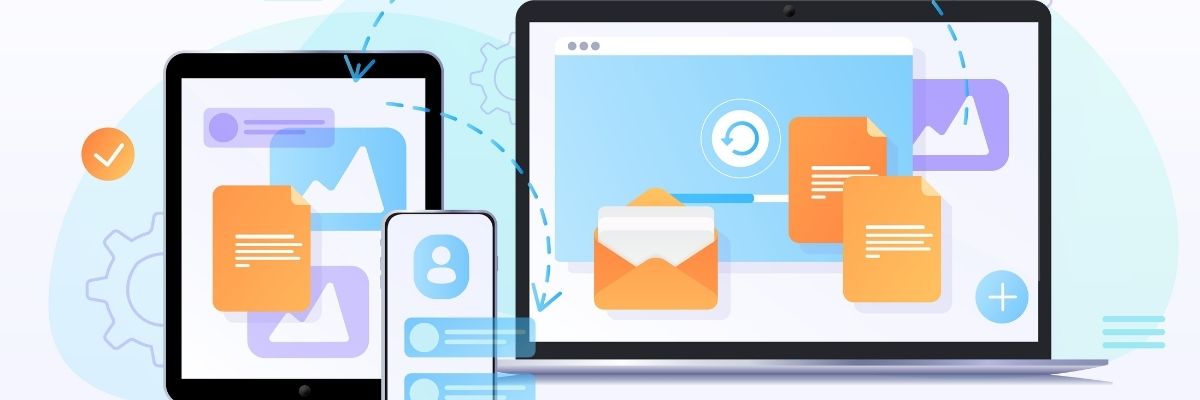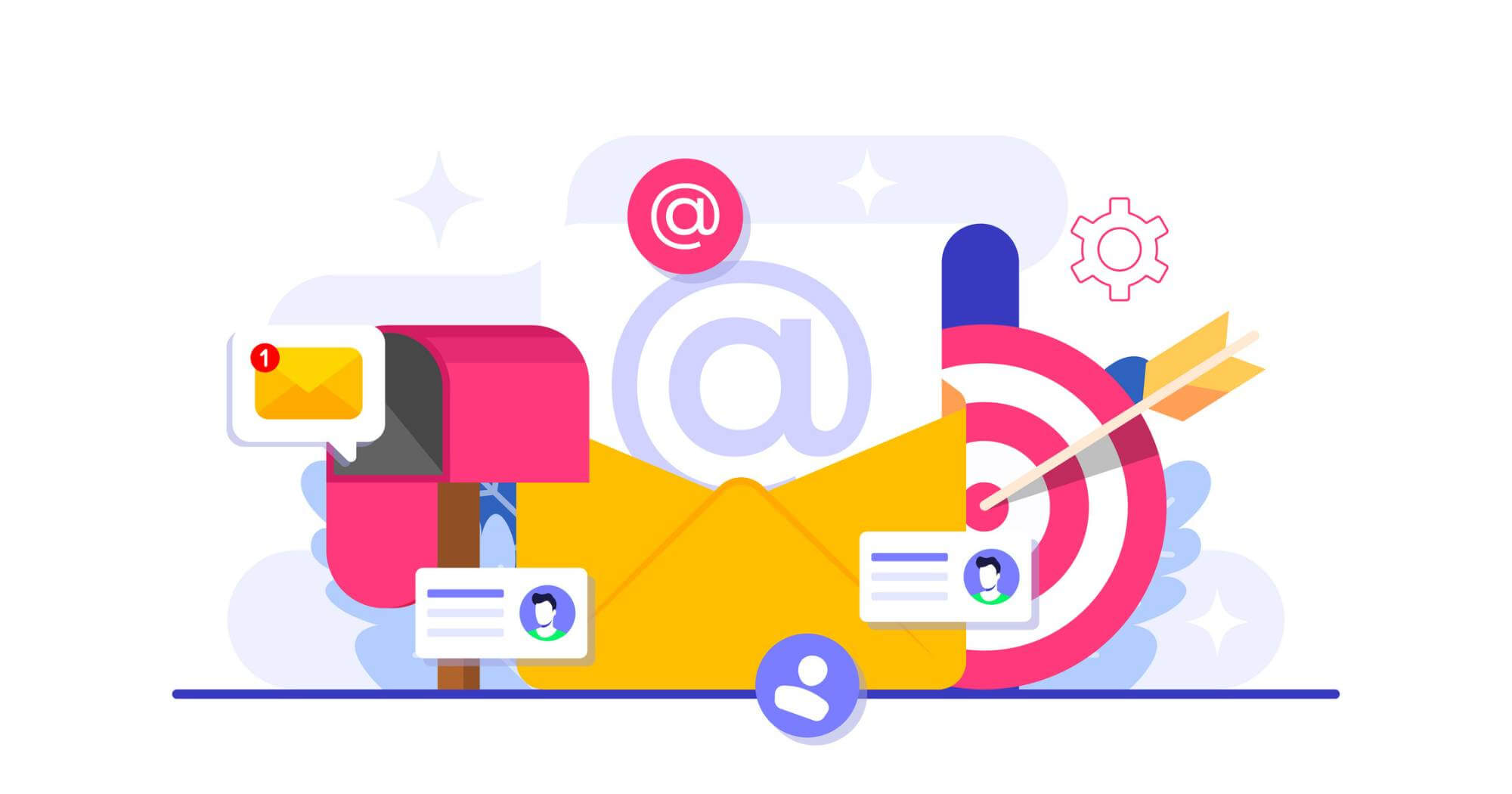Even for brick-and-mortar stores that don’t do e-commerce, having an online presence is essential these days. According to studies, more than 95 percent of customers check for local businesses online, while more than 90 percent of B2B buyers conduct preliminary research online.
Investing in a new website is a significant investment for any business, large or small. Your website is the online face of your business, the place where potential customers can learn more about who you are and what you do.
A new website will function as a lead-generating machine, converting web traffic into quantifiable conversions if done correctly. If you miss the mark, however, you can find yourself in a can of worms – a never-ending loop of tweaks and fixes that eats up your time and resources.
With the numerous website design resources available, creating a website isn’t particularly difficult. Keep these 10 tips on planning your new website design concepts in mind no matter which applications you use.
1. The aim of the website
Like a mission statement, a website’s intent explains why the site exists in the first place. The key objective of the platform will eventually inform design and content decisions, whether it is for education, activism, service provision, community organising, or other purposes.
2. Audiences to target
“Who is your target audience?” the answer to that usually is, “Everyone.” Although I understand the reasoning behind that response, it’s a simple fact that you can’t build for “all” (which is why there are so many different types of vehicles, clothing, computers, and other devices).
The site is more likely to achieve your organization’s goals if you define and build for your top two audiences.
3. The website’s goals
The objectives for your website, like the objectives of your organization’s strategic plan, define the site’s key goals. For each target group, you should ask your clients to respond to the following questions: When they visit your website, what actions do you think they’ll want to take? When this group visits your website, what steps does your organisation want them to take?
Ensure that the goals are met by revisiting them during the design and content development processes.
- A mobile-friendly, responsive interface
A website’s architecture automatically resizes to match the screen size on which it’s being displayed, known as responsive design. Unfortunately, retrofitting an existing site with responsiveness can be challenging, and it’s usually more cost-efficient to do a complete re-design. The days of having two different websites – one for desktop browsing and one for mobile viewing – are over.
- Constantly updated content
Consider what would happen if museums never changed their exhibits. After your first visit, why would you want to come back? We frequent museums because there are often new exhibitions and programs to see. If we know the content on a website will change and there will be new content for us to access, we return to it. Create a marketing plan for your website that will keep visitors coming back.
- Choosing the Most Appropriate Content Management Framework
If your company has had a website for a while, you might be familiar with the CMS you’re currently using. Alternatively, you might be dissatisfied with your current CMS and want to experiment with something different. Due to its ease of use and fully customizable nature, WordPress is by far the most common and widely used content management system. However, each company has its own set of problems to address, and the best CMS for your company might not be the best CMS for anyone else’s.
- Optimisation for search engines (SEO)
A search engine is used by more than 50% of Internet users to begin their online experience. This means you’ll want to make sure your website is search engine friendly. Although organizations specialize in SEO, their programs are usually out of reach for most charities. Fortunately, there are several SEO tasks that you (or your web developer) can complete on your own.
- Upkeep of the website
The cost of site design and construction and ongoing site maintenance costs are the two critical costs associated with a website design project. Site construction is usually a one-time expense. Depending on the developer, site upkeep can vary greatly. Some create websites in Dreamweaver, and clients either learned how to use it or paid them to keep their sites up to date. Like time passes by, they switched to the open-source content management system WordPress to improve this paradigm. Some charity clients now redesign their websites independently, and they rarely need any help after the site is launched. Another aspect of site management to consider ahead of time is who will manage the site after it goes live. Will that person be in charge of uploading content created by others, or will that person be in order of everything?
- Convenience
This refers to a nonprofit’s website complying with Section 508 of the Americans with Disabilities Act (ADA). Although all websites should be available, I believe that the nonprofit sector, in particular, has a moral duty to do so. Our industry’s DNA is built on inclusion and social justice, which should be reflected in the design of our websites.
4. Call to action (CTA)
Since the call to action is one of the most critical aspects of your web, it’s crucial to think about it before starting on wireframes and design. What do you want visitors to do once they arrive at your website? Request a quote, set up a free consultation, or give you a call to talk about your project? Once you’ve chosen a CTA, make sure it’s at the top of the consumer experience and that it’s simple for your customers to take action once they’ve agreed to work with you.
If you’d like a hand crafting an amazing website design then contact us today. Our multi-disciplined team offers insights into design, SEO, content, and technical requirements and can help you create an effective and interesting website. For more information take a look at our blog on website design do’s and don’ts or our checklist for launching a new website.




